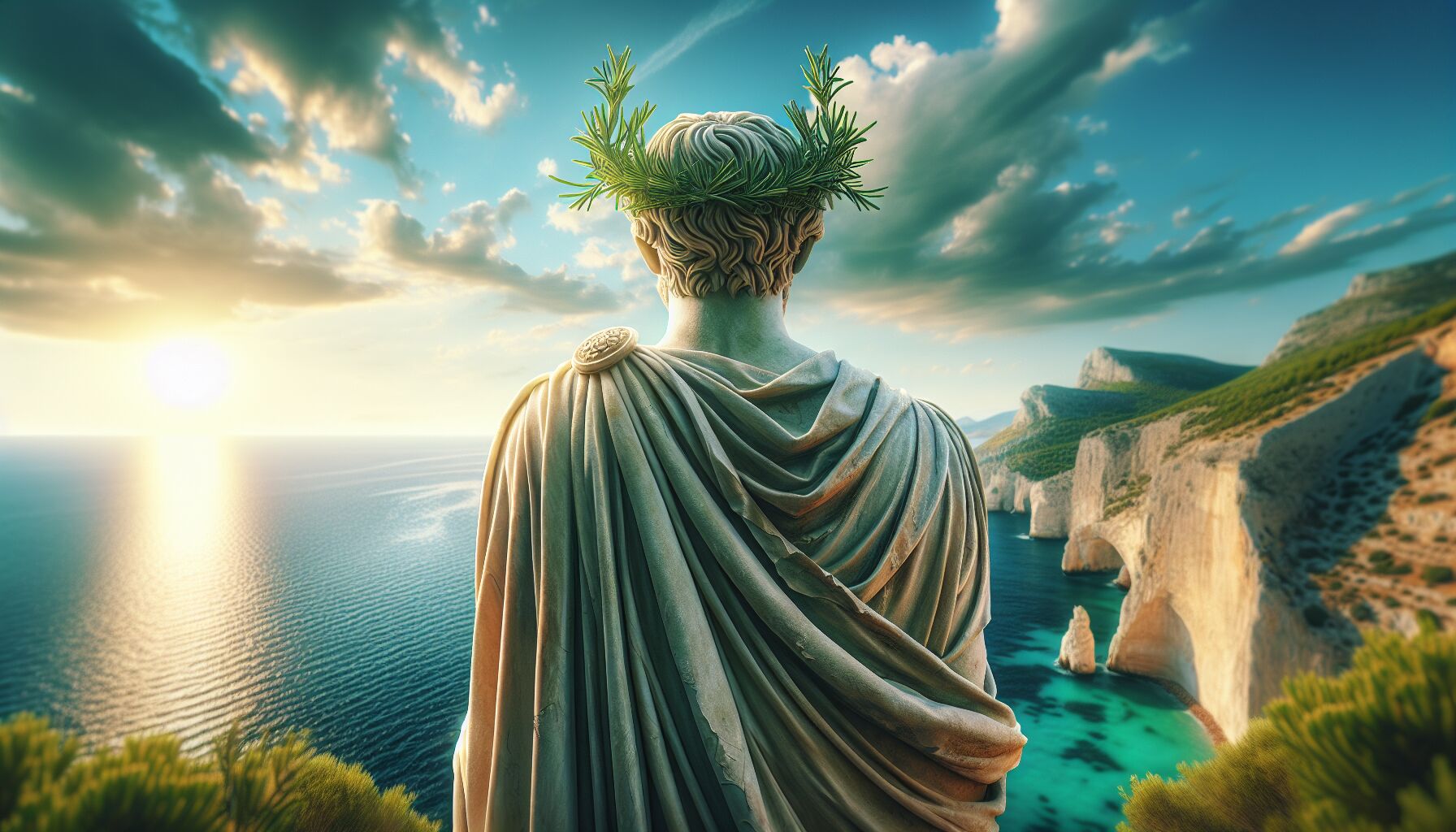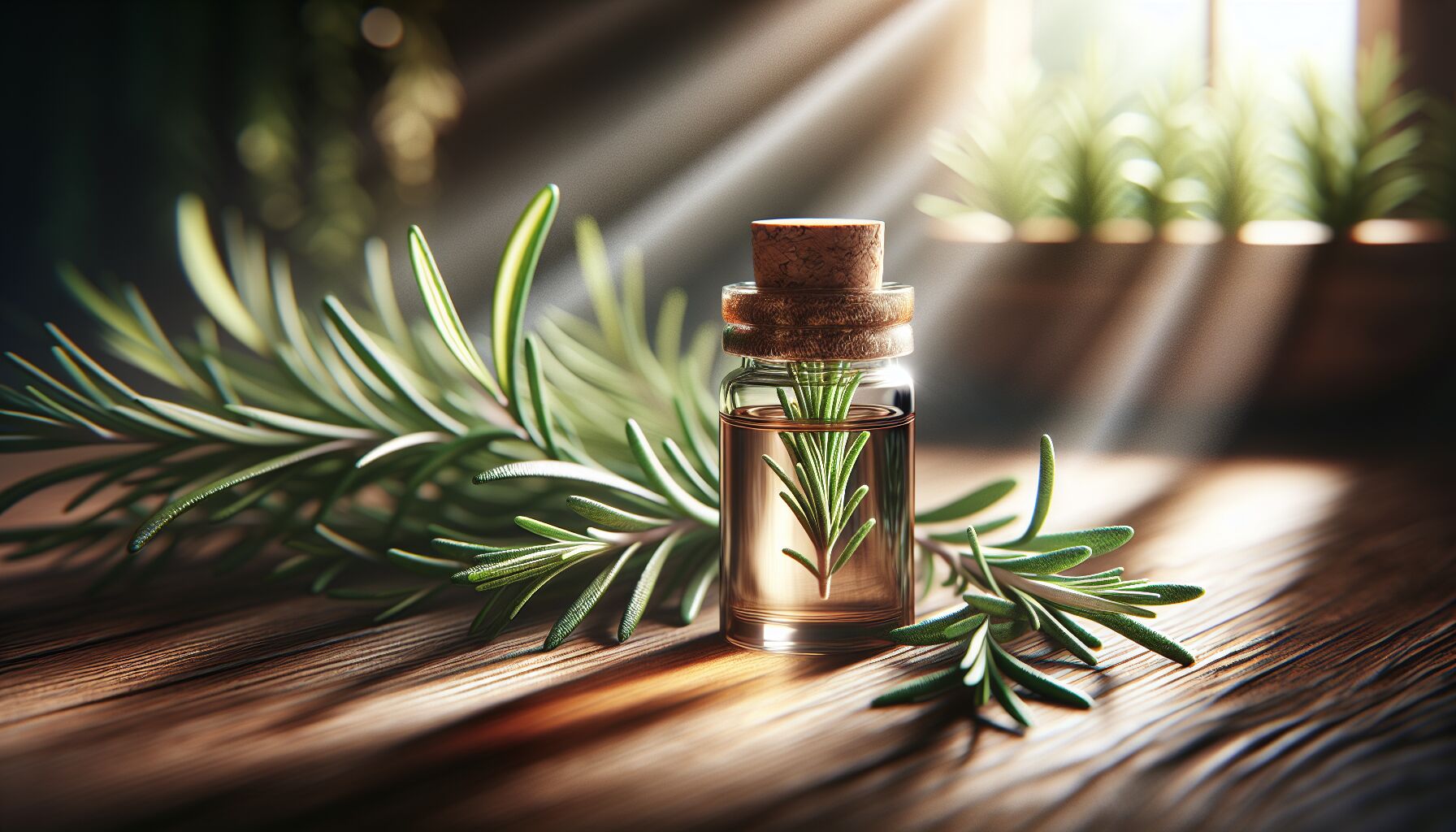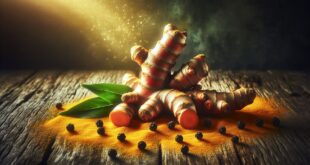 Rosemary’s mesmerizing allure dates back thousands of years. Its symbolic significance is steeped in rich history and human experience, acting as a vibrant thread weaving through ancient myths and empirical traditions. But where did it all begin? Picture coastal cliffs in the Mediterranean, where this humble herb first flourished. Ancient Greeks revered rosemary not just for its fragrance but for its association with memory. Students adorned their hair with its sprigs, believing it sharpened the intellect and boosted brain health. The herb’s name itself is rooted in legend, an ode perhaps to “dew of the sea,” a literal nod to its natural habitats.
Rosemary’s mesmerizing allure dates back thousands of years. Its symbolic significance is steeped in rich history and human experience, acting as a vibrant thread weaving through ancient myths and empirical traditions. But where did it all begin? Picture coastal cliffs in the Mediterranean, where this humble herb first flourished. Ancient Greeks revered rosemary not just for its fragrance but for its association with memory. Students adorned their hair with its sprigs, believing it sharpened the intellect and boosted brain health. The herb’s name itself is rooted in legend, an ode perhaps to “dew of the sea,” a literal nod to its natural habitats.
As time sailed on, rosemary transcended practical applications to become emblematic of protection and fidelity. In Egyptian culture, it was laid around tombs, a silent testament to remembrance and eternal connection. Similarly, it found its place in Roman rituals and festivities, a green whisper echoing vows of loyalty and remembrance. Shakespeare captured its essence poetically in “Hamlet”: “There’s rosemary, that’s for remembrance; pray, love, remember,” making it a staple in bridal bouquets and funerals alike.
Furthermore, let’s not overlook the interesting blend of mythos and science. Rosemary was often tucked under pillows or worn in sachets, with the belief that it warded off evils—a practice grounded today in its known antibacterial properties. With the advent of monastic herb gardens, it even eased into the realm of holistic healing, championing improved circulation and cognitive clarity. This historical layer cake, a mix of ancient practices and burgeoning knowledge, exhibited a profound respect for natural mechanisms.
So, how does this leafy marvel still captivate us, tethering modern understanding to ancestral roots? The past and the present entwine around rosemary in an enduring dance, whispering secrets of ages to those who’d listen. We’ve got the ancient empires to thank for recognizing rosemary’s multifaceted worth—a powerful emblem of the human experience, bridging life’s ephemeral moments with the eternal. For a deeper dive into its healing properties, check out resources like the NCBI or explore its traditional uses further through other governmental archives.
rosemary’s role in cultural traditions
Imagine the crisp air of a traditional Mediterranean wedding, where fresh sprigs of rosemary are woven into the bride’s bouquet, symbolizing love and loyalty. Rosemary’s place in cultural traditions is nothing short of fascinating—a storybook of human rituals, varying as widely as the cultures themselves. Throughout the ages, this sturdy herb has graced ceremonies and homes, its significance as deep and varied as its many uses.
In Europe, rosemary has traditionally been more than just an aromatic seasoning. It’s often seen as a token of friendship and remembrance. People have handed it out during funerals as a parting gift, an echo of Shakespeare’s portrayal in “Hamlet.” It’s a subtle yet poignant practice, reminding us of the eternal connection we share with those who’ve departed.
Let’s take a step back—think about your favorite holiday season, filled with scents of pine and spice. In the same manner, rosemary wafted through ancient Roman festivities, a token of prosperity and new beginnings. Its enduring presence reflects not just tradition but a quiet blending of the seasons and cycles of life.
As we traverse continents and centuries, we find rosemary a part of folklore and healing rituals across Asia. In certain cultures, it was burned in homes to purify the air and stave off illness—an idea now backed by our understanding of its antibacterial properties. It’s this blend of tradition and science that anchors rosemary in the world of holistic health.
Curiously, in Australian bush medicine, rosemary is cherished for its soothing qualities, seen as a tool for mental clarity and improved circulation. It’s a nod to the surprising global web of belief and practical benefits tied to this small yet mighty plant. Isn’t it intriguing how a single herb can unite so many different cultures with its green tendrils?
And then there’s the truly captivating intersection of the tangible and the ethereal—of using rosemary as a tool for memory and protection while embracing spiritual wisdom. As Carl Jung might suggest, these collective symbols embody our shared archetypal paths. They beckon us to look deeper, to find meaning not just in rosemary’s fragrant leaves but in the cultural tapestry it weaves.
Why does rosemary have such staying power? Maybe it’s because these traditions and beliefs aren’t just relics of the past. They are quiet reflections of humanity’s enduring spirit and desire to connect, protect, and remember. For further insight, explore rosemary’s broad benefits through trusted portals like the NCBI or join community discussions on natural living forums. After all, every sprig tells a story, and every story connects us to the human web.
modern interpretations and uses of rosemary
 Fast forward to today, and rosemary isn’t just hanging around in dusty herbal cabinets. It’s a staple on the shelf for those embracing a holistic lifestyle. You might notice rosemary essential oil popping up in personal care products and natural remedies. There’s science backing this trend, too. Here’s the thing — rosemary oil has been studied for its potential to improve brain health, particularly memory and concentration. For example, a British study in 2012 found that students in a rosemary-scented room performed better on memory tasks, linking the ancient belief with modern evidence.
Fast forward to today, and rosemary isn’t just hanging around in dusty herbal cabinets. It’s a staple on the shelf for those embracing a holistic lifestyle. You might notice rosemary essential oil popping up in personal care products and natural remedies. There’s science backing this trend, too. Here’s the thing — rosemary oil has been studied for its potential to improve brain health, particularly memory and concentration. For example, a British study in 2012 found that students in a rosemary-scented room performed better on memory tasks, linking the ancient belief with modern evidence.
But it doesn’t stop there. Rosemary’s calming aroma and antibacterial properties have found a way into our cleaning routines. People are swapping out harsh chemicals for rosemary-infused cleaning solutions, achieving a fresh scent and adding a layer of natural protection. Imagine a kitchen not just smelling clean but also being cleaned by the gentle hands of nature.
Perhaps you’re wondering if this herb can make its way to the kitchen table. Sure, rosemary as a versatile seasoning is nothing new, but it’s gaining recognition for more than flavor. Some are turning to rosemary in their diet for its potential circulatory benefits. It seems that stirring this ancient herb into modern culinary practices is yet another way we connect past wisdom with present-day knowledge.
Now, if you’re thinking of cultivating a bit of rosemary yourself, it’s worth considering its role in mental wellness. Tending to it could be a meditative practice, a small refuge from the bustling chaos of life. There’s something profoundly grounding about watching a plant grow, its leaves unfurling, while knowing you’re nurturing a source of both physical and spiritual renewal.
And let’s not overlook rosemary’s adaptive role in skincare. Known for its antioxidant properties, it’s creeping into products aiming to protect and rejuvenate skin. This isn’t just about beauty; it’s about finding harmony between what we put on our bodies and the nature it comes from. As Luca Turin once remarked on scents, “Perfumery is an art and a science.” Similarly, rosemary offers itself as both.
All of these applications remind us of the subtle richness rosemary offers—a truly remarkable herb bridging our communal essence across ages and practices. To delve deeper into its myriad benefits, explore spaces like NCBI for scientific studies or participate in community forums celebrating natural wellness. So, whether it comforts our senses or bolsters our well-being, rosemary’s role in our lives is as fresh as it was thousands of years ago.
 DS Haven In Light Of Things
DS Haven In Light Of Things






